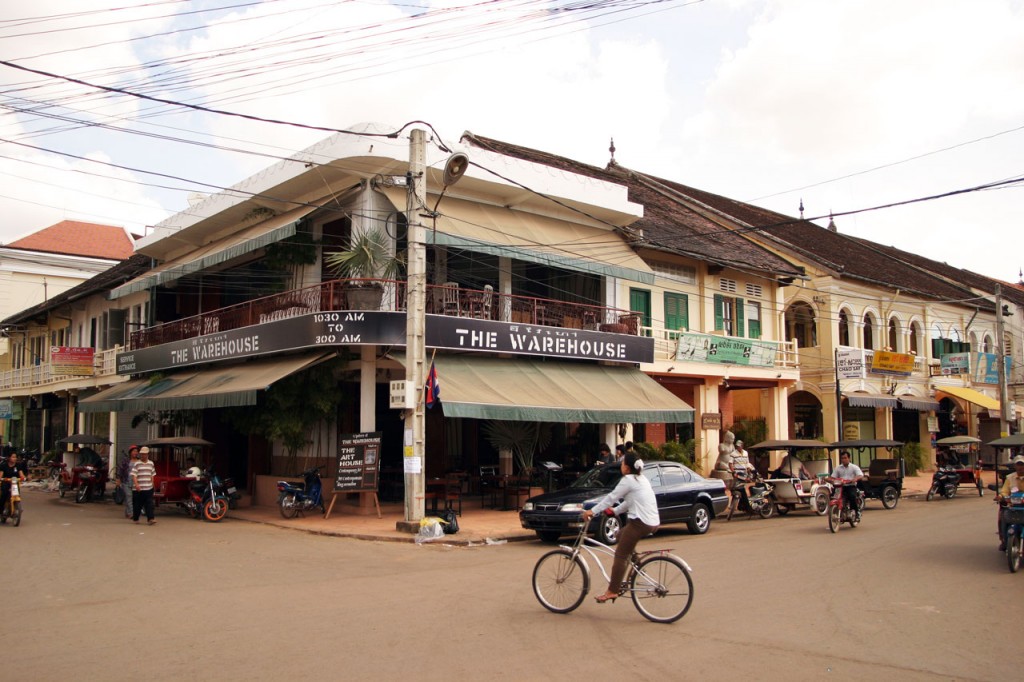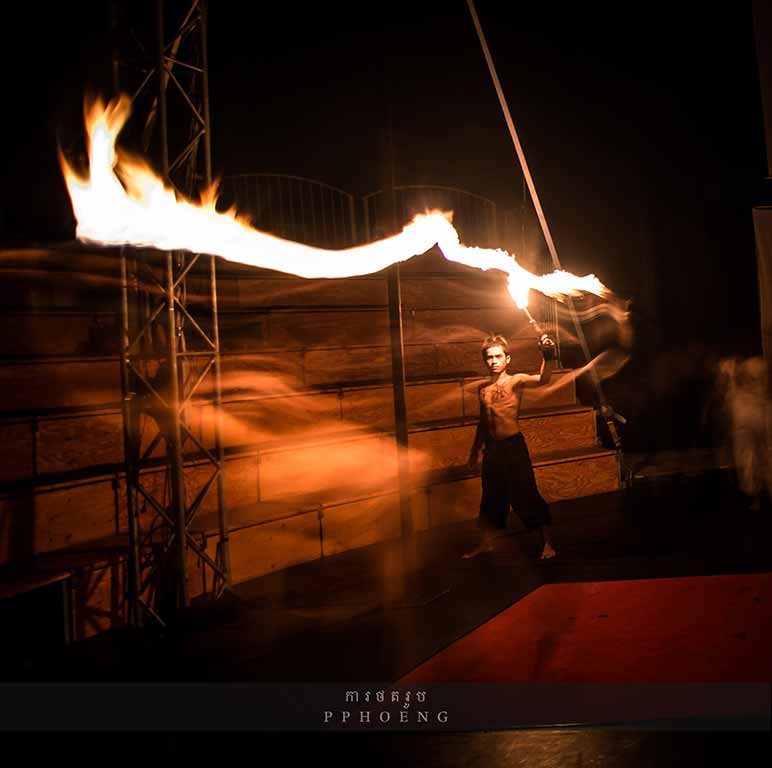We receive so much when we are on the road—we immerse ourselves in foreign cultures and meet people whose life experiences are completely different than our own. But we watch, listen, learn, and enjoy. This is especially poignant when we travel in the developing world, where life’s problems are ones many of us rarely have to think about.
Cambodia is a typical example of this developing world, and a very special place. This small kingdom by the Mekong River endured some 40 years of US carpet-bombing, communist revolution, genocide, and civil war. But since the early 2000s, tourists have been returning to Cambodia, especially to the temples of Angkor. Truly one of the archaeological wonders of the world, Angkor Wat is the largest religious structure in the world and has been a UNESCO world heritage site since 1992, attracting some two million tourists a year. Yet the damage done during Cambodia’s civil war has left behind a strange and tragic limbo.
Foreign visitors who spend more than a few days in Cambodia will feel a kind of silent absence of social cohesion and community. As their culture and economy are slowly rebuilt, countless NGOs—non-governmental organizations—both foreign and local, have set up shop in the country, ostensibly to help Cambodians get back on their feet. While many are productive and admirable organizations, many are simply living it up on donor money. Many NGOs import highly paid consultants who advise the government on development projects that never come to fruition or don’t work and the donor money is lost in high salaries and administrative costs.
Tourists can have a small but significant impact on individuals and communities here by supporting the NGOs that have a positive impact on local communities. There are some great examples of how visitors can help through their activities and consumer choices, to encourage Cambodia’s newly emerging fair-minded society in the face of so many obstacles to community growth.
Giving something back needn’t take the fun out of travel; in fact, some projects in Siem Reap and Battambang, close to the magnificent Angkor temples, are set up so that visitors can contribute while enhancing their trip experiences.

Downtown Siem Reap. Photo by Brian Jeffery Beggerly licensed Creative Commons Attribution.
In Siem Reap, the city closest to the Angkor temples, travelers can splurge on a bit of luxury at the Shinta Mani. This hotel, designed by celebrated hotel guru Bill Bensley, is one of the city’s most elegant accommodations, offering large, bright rooms with sumptuous furnishings and giant infrared photographs of the Angkor temples by award-winning photographer John McDermott installed in the rooms’ ceilings. Of course there’s a pool and for breakfast one can indulge in salmon and champagne. The hotel’s general manager, Christian De Boer, is heavily involved in the local community, and the hotel runs a foundation that supports projects in education, small business start-ups, and health care.
In addition, the hotel’s Development Center educates youngsters from disadvantaged families. The kids receive free tuition, uniforms, materials, and bicycles, as well as two meals each day. They also receive a small stipend of rice and money to help support their families. All students are supported through generous donations from guests at Shinta Mani and other supporters. The students learn English and specialize in one of the departments of the hotel, including culinary, finance, front office, housekeeping, maintenance, restaurant, and spa therapy. The Shinta Mani Foundation also supports Cambodian doctors and visiting medical professionals to provide medical check-ups in rural areas. The hotel promotes preventive health measures such as educating Cambodians on the proper use of mosquito nets, as well as supporting those who have immediate medical issues by partnering with local health organizations. Finally, the Shinta Mani Foundation provides business education and interest-free, small-business loans to local entrepreneurs.
If the Shinta Mani is out of your price range, then The Paul Dubrule Hotel and Tourism School, which provides training in the restaurant and hotel business to the local population, might be a good alternative. Visitors are invited to stay or eat at the school, the facilities are excellent and the room prices (US$35-50) are reasonable, as the staff are all in training. The school’s restaurant, Le Jardin des Délices, is entirely run by the school’s students—from the chefs to the waiters—and offers excellent daily three course lunches for just US$15, serving Khmer and Western cuisine.
Other eateries in Siem Reap that are involved in community action include the vegetarian Singing Tree Café, which supports several worthy local causes. The café runs ConCERT—Connecting Communities, Environment & Responsible Tourism—an information hub in downtown Siem Reap that provides visitors with a one-stop overview of genuine and life-changing NGOs around Siem Reap. The Blossom Café is an NGO that aims to empower local women. The all-female employees are trainees from rural or disadvantaged backgrounds who delight in the opportunity to learn new skills and to enjoy a degree of independence that might otherwise be out of their reach. It’s also a great place to hang out and enjoy a wide range of cakes, excellent (fair trade) coffee and a super-fast internet connection.
Tapping into Cambodia’s partly forgotten but rich cultural heritage is becoming increasingly easy for foreign visitors, especially in Siem Reap. You can experience the beauty of Cambodian performance arts while giving back to the community as well. Shadow Puppet Theater shows are held weekly at the hotel La Noria in Siem Reap. These traditional shows are performed by kids from the Krousar Thmey NGO. Apsara dance performances, organized by the NGO Sankheum Center for Children, are held at the hotel Soria Moria.
The most rewarding attraction in Siem Reap is the Phare Ponleu Selpak Circus. Performances take place in the specially constructed Big Top and are well worth a visit, especially for families. This phenomenal circus is actually a private enterprise—a great marriage of development and business. Its students have gone through a rigorous NGO based training program at a school in Battambang where there are also nightly performances. The performances revolve around distinct themes, some based on traditional Cambodian stories – especially the ghost stories Khmer people love – while others have modern themes touching on social issues such as gender relations, friendship, trust and honesty in today’s Cambodia. One of the circus’s most enduring performances revolves around a bicycle that frequently changes ownership, sometimes by friendly design, sometimes by subterfuge, telling a wonderfully insightful tale about community relations while putting the acrobatic skills of the performers to great use.

Phare, the Cambodian Circus. Photo © Peter Phoeng.
The incredible Phare troupe has long taken the show beyond Siem Reap and Battambang. Since 2002, the circus has been on the road around Europe, Australia, Asia and Africa. For me, the Phare Ponleu Selpak Circus continues to be a great and exciting example of how a traveler can change the lives of others simply by their attendance.